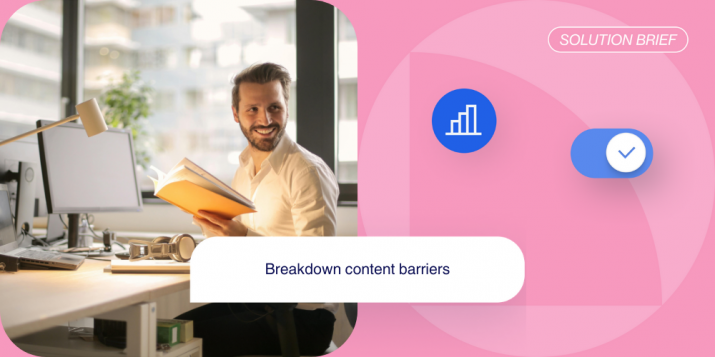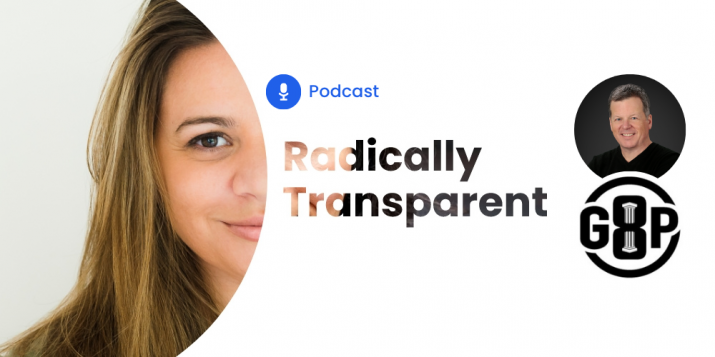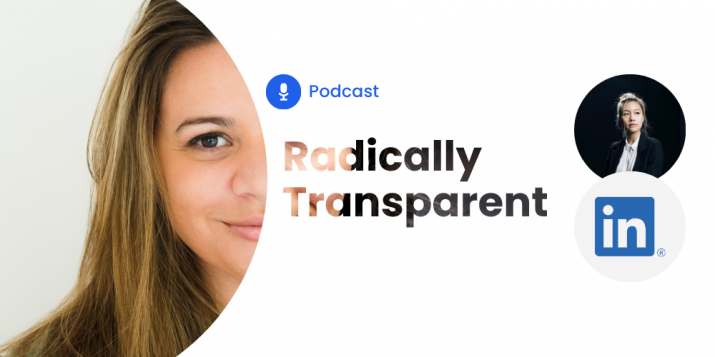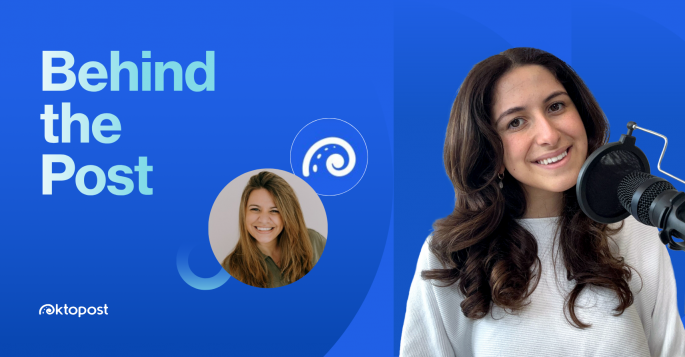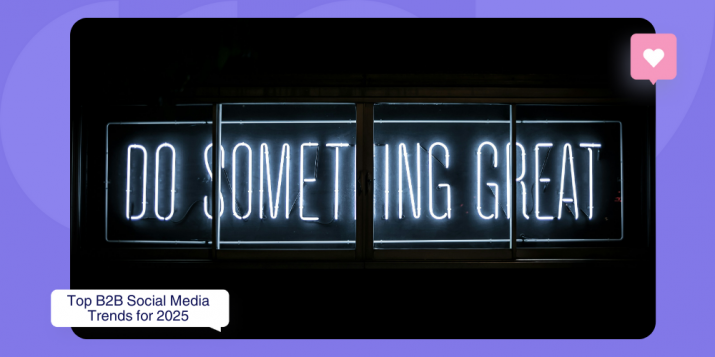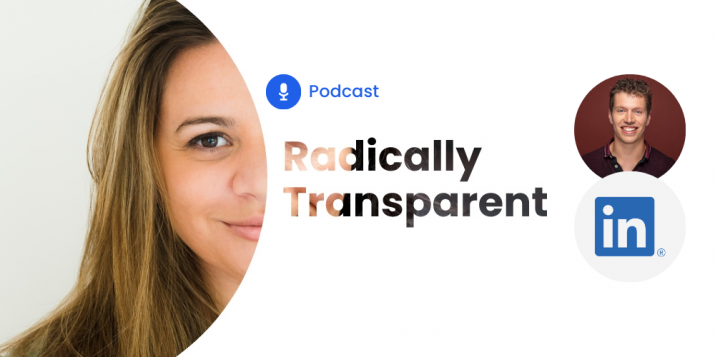
Tips for Building a Successful LinkedIn Company Page
Let future philosophers decide whether LinkedIn is a social network for professionals or a professional network with a social overlay. All that should matter to you is that LinkedIn is one online platform that businesses cannot afford to neglect. There are over 645 million users on LinkedIn. They hail from over 200 countries — and more than 40% of those users are active on a daily basis.
LinkedIn started its life in 2003 as a resource for job seekers and recruiters, but in the intervening years, its functions have multiplied considerably. LinkedIn company pages are now used to define and drive branding. They can also be used to capture consumer attention in creative and unexpected ways. Today, a great LinkedIn page can even function as an effective sales funnel.
With all that in mind, it is imperative that companies understand and invest in building, polishing, and utilizing a successful LinkedIn company page. If you’re not sure what it’s going to take to accomplish that, don’t worry — we’ve got you covered.
How to Create a LinkedIn Company Page
There are 5 key steps to setting up a company LinkedIn page:
- Add your company
- Enter your company details
- Add a logo
- Create a company description
- Publish your page
But it takes much more than that to make sure it is successful and works as hard for your business as your team do.
How to Create a Successful LinkedIn Company Page
A strong LinkedIn presence can help strengthen your brand and reinforce your image as an industry leader. For many LinkedIn users,, your company page will be their first impression of your business. It can be the deciding factor in the perception and opinions these users have about you. So, it’s very important to have a compelling, engaging company page (but no pressure, right?).
Here are a few quick and easy ways to create a LinkedIn company page that works.
1. Look Sharp, Make an Impression
Visuals are important. Consider this: You look at a company’s LinkedIn page and see that: (a) their profile picture is a low-res GIF of their logo and (b) their banner image is a blurry group photo from the 2014 company picnic. Do you have a strong sense that the company is meeting the challenges of eCommerce in today’s fast-paced digital age, or not?
Every company should be using high-quality, high-resolution, relevant images for the pictures that every visitor to their page will see first. People tend to look at photos before reading the text, so having sharp images is essential to make a good impression.
2. Use Your Words
Every company page includes an “About Us” section where you get to explain what your company is all about — and why you’re so great. Use it! There’s a time to go for the less-is-more, strong-silent-type approach, but your LinkedIn page isn’t it.
An informative concisely edited “About Us” paragraph can bridge the gap between the preconceived impression your visitors have about your company, and the idea you want them to have about you. It should address basic questions about your company — who are you, where are you located, what are you selling — and mix in keywords to help the right audience find you.

3. There Are No Optional Fields
On your personal Facebook page, your dating site profile, or anywhere else you get to fill out a bunch of “tell us about yourself” fields, it’s great to be selective about what you want to share but
companies doing business in today’s markets, don’t get to be coy.
Every field you can fill out in your LinkedIn profile is informative. Every field can potentially help connect you to customers who are searching for businesses like you. Once your company page is good to go, you can start thinking about adding showcase pages, career pages, employee posts, and other content.
4. Turn a LinkedIn Profile Into a Sales Funnel
A sales funnel is anything that moves a potential customer closer to completing a purchase with your company. Anything can be part of a sales funnel, as long as it works to further this goal. Why not make your LinkedIn profile a sales funnel?
In any LinkedIn user profile, there are two sections that are going to be seen most often: the headline, summary, and banner. The headline defaults to the user’s last job title, while the summary is a free-for-all section where users can talk about themselves at length.
Claim Your Headline!
Showing off your job title is great, but you should be optimizing every letter in the headline field to further your marketing strategies. This is because that free-form field displays every time your name comes up in a LinkedIn search.
Your headline should tell people what your company does and what you can do for them. It should tell people what makes you worth clicking on as opposed to the profile next to yours.
HR execs are usually really good at this:

Fill Out Your Company Summary
You’ve got even more space to fill in the summary field. Only a few lines will display unless visitors opt to “click to read more,” so make sure everything important gets fit in above the fold. Like your headline, this part needs to be punchy, attention-grabbing, and right to the point.
The rest of the summary has a lot more flexibility. It’s likely that the only people who are going to read it are leads, who are already fairly interested in your company and receptive to what you have to say. Don’t be afraid to dial down the marketing-speak, and go into detail about the history of your business, your excellent track record, the special qualities that make your products the best in your industry, and so on…
When you’re done making changes to your profile, be sure the “share profile changes” slider is set to “yes.” All your contacts will then get a notification that you updated your profile, which means more clicks, eyeballs, and potential leads.
Target the Audience You Want
LinkedIn is where businesses are at, which makes it a fantastic place to find B2B leads and make connections with possible future clients. That said, B2C businesses shouldn’t feel discouraged from using LinkedIn as a marketing tool. It’s quickly becoming the foundation to any account based marketing, recruitment and general network expansion.
These are different audiences with different needs and ways to market to them. They’re both reachable on LinkedIn, but you have to choose the right approach for your audience.
5. B2B – Step into my Office
LinkedIn may be where the B2B leads can be found. However, it’s not exactly the land of milk and honey when you consider LinkedIn’s exceptionally high cost-per-click (CPC) average. That’s why it’s so important to use all the free tools and options you can, like the aforementioned improvements to your profile and banner images, headlines, and profile summaries.
When you’re ready to start targeting LinkedIn users with ads and messaging — and you should — you can extract more value for your money by taking advantage of LinkedIn’s fairly granular targeting options. Additionally, well-developed cross-channel marketing and retargeting can help keep you in contact with LinkedIn leads outside of the LinkedIn ecosystem.
6. B2C
To find B2C leads on LinkedIn, it can pay to treat it like one of the other social media platforms. In other words, produce interesting content; promote it; engage and interact with other brands and users; hop aboard trending hashtags; and generally do everything you can to make your company an entertaining, interactive presence on LinkedIn.
If you had some content that was a big hit on other social media, share it on LinkedIn. People bring a different mindset to LinkedIn, but they’re still the same. If they laughed (and clicked) on Facebook, they probably will on LinkedIn too. Of course, your shared content will be on brand, appropriate and help to generate the right sort of attention and engagement.
If you’ve gone through all these steps, your LinkedIn company page is probably looking good and working hard at buffing up your brand and attracting leads! But this is eCommerce, where sitting on your laurels is strictly forbidden. What’s next for your LinkedIn efforts?
The Future of LinkedIn Company Pages
LinkedIn just announced three new features for LinkedIn Pages, which should be exciting news for anyone doing marketing on the platform:
Mobile Editing — The trade papers aren’t going to lead with this one, but it’s still pretty cool. Previously, you couldn’t edit LinkedIn pages on their app or mobile site, only on the desktop version. Now, you’ll be able to create and edit pages on the go from your phone or tablet.
Community Hashtags — While you can currently add hashtags to LinkedIn posts, this change means you can assign hashtags to entire company pages to assist audiences in finding them.
Call-to-Action Buttons — This is an exciting one. This new feature allows you to add CTA buttons to your LinkedIn page, giving your leads a clear indicator of the next step you want them to take.
There will be five labeling options for the buttons:
- Contact Us
- Learn More
- Register
- Sign Up
- Visit Website
Not only will this help move leads down the funnel more efficiently, but you can also use it to gather information for analytics.
Conclusion
LinkedIn is a little different from other social media platforms. It stands apart from silliness and chaos of the wider social media world as a place where you can take things a little more seriously — and get down to business.
The connections people have on LinkedIn may not be the ones they chat with every day, but they matter. That’s why it’s so important to treat LinkedIn as the singular opportunity that it is, by deploying the most effective marketing, recruiting, and branding tactics you can.
A successful LinkedIn company page isn’t an endpoint, it’s the necessary first condition of running a truly dynamic and effective marketing campaign on LinkedIn. If the professional atmosphere of LinkedIn seems like a good place to find people interested in the type of products or services you’re selling — especially if you’re a B2B business — then this absolutely must be part of your overall branding and marketing strategy.
